PORTFOLIO STUDY SKILLS
INTRODUCTION
Assalamualaikumwarahmatullahiwabarakatuh ,salam UiTM dihatiku
dan salam khazanah alam to all my blog readers.
First of all ,my name is MUUHAMMAD AZIB BIN AZIZUL RAHIM.I am 18 years old .I am a student who currently study at UITM PAHANG , CAMPUS JENGKA .Now i’m just being one of the undergraduate in Diploma In Civil Engineering (EC110).One of the most important purpose i’m doing this portfolio is to introduce the student about Ued 102 or well known with soft skills. Ued 102 provides students with learning skills essential for varsity life , which should be within each student .Soft skills are very important because its teach us about the teamwork when we were in group, the leadership and our skills in communication.End of introduction,i hope you guys enjoys this blog!



WHAT IS GOAL?

- Lecturer
- Library
- Study group
- Make I-think notes
Revise My Goal Statement
I'll try get Dean's list each semester and to be Brave to talk in front everyone.
Polish My Goal Statement
I will achieve 3.5 an above each semester and not be a shy person.

MODULE 3: TIME MANAGEMENT
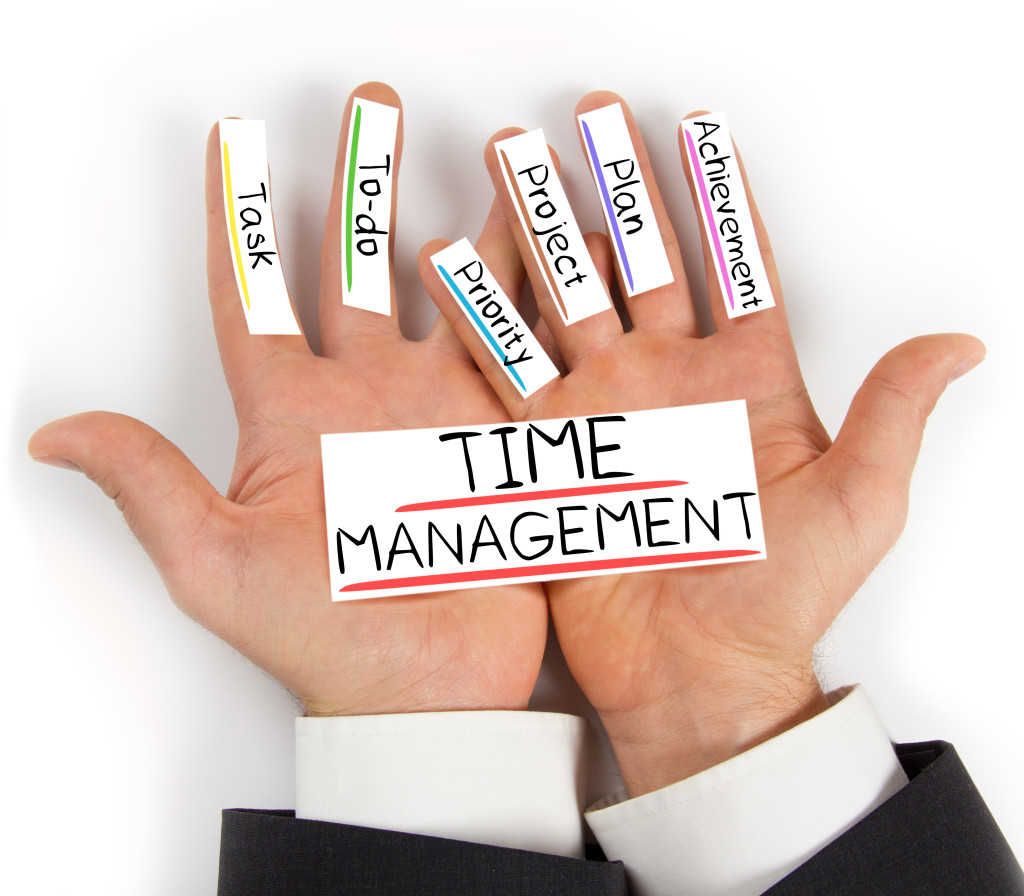


JADUAL INTERIM
MODULE 4: GETTING TO KNOW OUR CAMPUS

DIRECTION TO UITM KAMPUS JENGKA, CAWANGAN PAHANG
 2.Mosque Uwais Al Qarni
2.Mosque Uwais Al Qarni
 1. Bus Station
1. Bus Station
 2. Medan Selera
2. Medan Selera
 3.Unit Kesihatan
3.Unit Kesihatan
 1.Tennis Court
1.Tennis Court
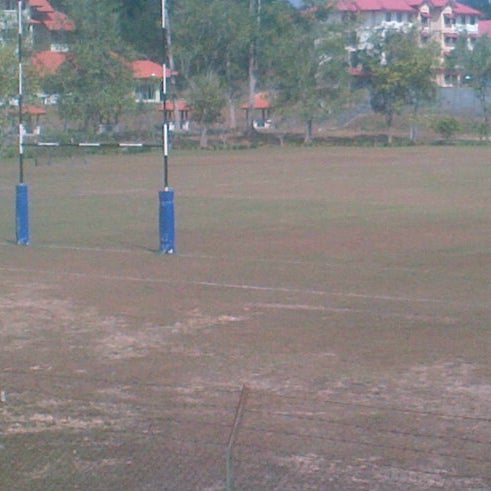 2. Rugby Field
2. Rugby Field
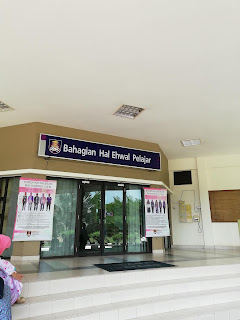 3. HEP
3. HEP
dan salam khazanah alam to all my blog readers.
First of all ,my name is MUUHAMMAD AZIB BIN AZIZUL RAHIM.I am 18 years old .I am a student who currently study at UITM PAHANG , CAMPUS JENGKA .Now i’m just being one of the undergraduate in Diploma In Civil Engineering (EC110).One of the most important purpose i’m doing this portfolio is to introduce the student about Ued 102 or well known with soft skills. Ued 102 provides students with learning skills essential for varsity life , which should be within each student .Soft skills are very important because its teach us about the teamwork when we were in group, the leadership and our skills in communication.End of introduction,i hope you guys enjoys this blog!
CONTENT OF UED 102
1.GETTING READY TO LEARN
2.GOALS SETTING
3.TIME MANAGEMENT
4.GETTING TO KNOW OUR CAMPUS
5.MEMORY LEARNING& IMPROVING CONCENTRATION
6.TAKING LECTURE NOTES
7.ACADEMIC INTEGRITY AND PERFORMANCE
MODULE 1: GETTING READY TO LEARN

HIGH SCHOOLS VS UNIVERSITY
Life goes on. Doesn't matter what will happen in our future, we must face it bravely . Making the moves from being in school is not an easy task . Student need to make new friends at the new places . Student have to be more independent in doing something by their own self and making decision by our self . There also many new things student need to know and adapt with the university life .
LEARNING STYLE & CHARACTERISTIC OF SUCCESSFUL STUDENTS
Learning Style inventory
LEARNING STYLES

Auditory: Auditory learners often enjoy class discussions, and they learn the best through listening and speaking. They may enjoy books on tape or read aloud more than individual reading, and they may talk to themselves while reading. In fact, an auditory learning may gain from speaking through a thought process in order to make a decision or come to a conclusion. Many auditory learners excel in public speaking or in persuasion, and they benefit from a teacher who speaks a lot, rather than simply writing information on the note.
Visual : Visual learners share most of the same learning characteristics, although not every visual learner has all of these characteristics. For example, a visual learner often notices visual details easily, and is less able to take note of details during a verbal discussion. They may find verbal instructions difficult to remember and follow. Visual learners often enjoy reading, and may be especially talented at remembering the proper spelling of words. Teachers can help visual learners succeed by providing them with graphic organizers, illustrations, or tables.
Kinesthetic : Kinesthetic learners need to be physically active and doing things . If your preferred style is khinesthetic, you are a hands - on learner. You have good coordination and learn by doing. You generally have an active .What is approach to learning.
Kinesthetic : Kinesthetic learners need to be physically active and doing things . If your preferred style is khinesthetic, you are a hands - on learner. You have good coordination and learn by doing. You generally have an active .What is approach to learning.
Learning
Styles Inventory Activity
TEACHING AND LEARNING CENTER
Answer the questions to the best of
your ability. Mark a YES or NO response.
1. I prefer watching a video to
reading.
|
YES
|
NO
|
2. When I sing along with my CDs or the
radio, I know the words to the songs.
|
YES
|
NO
|
3. I have athletic ability.
|
YES
|
NO
|
4. I can picture the setting of a story
I am reading.
|
YES
|
NO
|
5. I study better with music in the
background.
|
YES
|
NO
|
6. I enjoy hands-on learning.
|
YES
|
NO
|
7. I’d rather play sports than watch
someone play them.
|
YES
|
NO
|
8. Reading aloud helps me remember.
|
YES
|
NO
|
9. I prefer watching someone perform a
skill or a task before I actually try it.
|
YES
|
NO
|
10. I
color-coordinate my clothes.
|
YES
|
NO
|
11. I’m
good at rhyming and rapping.
|
YES
|
NO
|
12. Use
phrases like: “I’ve got a handle on it,”
“I’m up against the wall,” or “I have a feeling that . . .”
|
YES
|
NO
|
13. I need
to look at something several times before I understand it.
|
YES
|
NO
|
14. I
prefer having instructors give oral directions than written ones.
|
YES
|
NO
|
15. I have
difficulty being still for long periods of time.
|
YES
|
NO
|
16. I use
phrases like “I see what you’re saying,”
“That looks good,” or “That’s clear to me.”
|
YES
|
NO
|
17. I’m good at figuring out how something
works.
|
YES
|
NO
|
18. I can understand a taped lecture.
|
YES
|
NO
|
19. It’s easy for me to replay scenes from
movies in my head.
|
YES
|
NO
|
YES
|
NO
|
|
21. I would rather conduct my own science
experiment than watch someone else do it.
|
YES
|
NO
|
22. I would rather paint a house than a
picture.
|
YES
|
NO
|
23. I enjoy studying in groups.
|
YES
|
NO
|
24. I prefer to have written directions to
someone’s home.
|
YES
|
NO
|
25. I can look at an object and remember it
when I close my eyes.
|
YES
|
NO
|
26. I have musical ability.
|
YES
|
NO
|
27. When I study new vocabulary, writing the
words several times helps me learn.
|
YES
|
NO
|
28. I can imagine myself doing something before
I actually do it.
|
YES
|
NO
|
29. I use phrases like “That rings a bell,” “I
hear you,” or “That sounds good.”
|
YES
|
NO
|
30. I enjoy building things and working with
tools.
|
YES
|
NO
|
So based on the result above ,my learning style is Kinesthetic. There are some example the way i usually do when i was studying.
- I learn by touching and doing .I will easily understand and remember things through physical contact.
- When i studying my leg will swinging and tapping at the floor.
- I the type that can't just stand stills its make me fidgety.
- I like to do an experiment rather than reading the theory.
8 STEP STUDENT TO SUCCESS
1. Attend all classes – One of the best ways to successful in the college is to attend classes . This is important because most of the test question will come from lecturer.
2. Become an active learner – We cannot just read the book or notes couple of time but we must write and recite the information to get it into long-term memory.
3. Participate in class – Be an active person in class such as give the feedback about the subject that being taught and ask the questions to the lecturer.
4. Get to know your lecturers – As students , we should know who our lecturers especially their names .
5. Form study group with friends – This is one of the good strategies to success in college . Students can remember the points easier and can make the discussion with friends easily . But make sure , you choose your friends who serious and doing well in their studies because they will contribute us later .
6. Stay up to date with your work – We should never procrastinated our work . So we can catch up other things and always stay up to date .
7. Be receptive to change – Do some change in our study strategies . It’s could be better to do some change if not we can’t never see how our performance being.
8. Work hard this semester – It’s important to us to always set in our mind to the our best and work hard to something that we want to archive .
MODULE 2: GOAL SETTING
GOALS?WHAT DO WE KNOW ABOUT GOALS?
- The end result or achievement in which effort is directed, is a goal. Well, this is how the dictionary defines a goal. The truth, however, is that a goal is the first step in making your dreams a reality.
- Goal is an aim and an idea of future that a person or a group of people commits to achieve.
People endeavor to reach goals within a finite time by setting deadlines.
WHAT IS GOAL SETTING?
- An exercise to pen down what one wants to achieve , to help focus on targets
CHARACTERISTICS OF GOALS
- Goals should be self-chosen
- Goals that are set by your parents, teachers or friends may not always work for you.
- you need to determine or choose your own goals.
2. Goals should be moderately challenging.
- one way to set moderately challenging goals is to consider what you have done in the past.
- goals can always be revised, if you discover you can achieve more than you originally set out to accomplish.
3. Goals should be realistic.
- think about whether your goals are attainable. Example: it would be unrealistic to expect to get a B in calculus if your math background is very higher than a C.
4. Goals should be measurable.
- A goals is measurable if you can determine whether you reached it.
- It would be easier to measure your success if you had aimed for an A or B.
- the more specific your goals are, the more motivated you'll be to achieve them.
- Example: Getting a B in College Algebra is a specific goals, while getting a good grade in College Algebra is not.
6. Goals should be finite/limits/bounds
- Goals need to have a limited time frame.
- Example: If a paper is due by Friday, you need to have it done by Friday. However, you might decide to have the paper done by Wednesday so that you can prepare for your big biology exam on Friday.
- It is important to set deadlines for all of your goals.
7. Goals should be positive
- Negative goals statements tend to make you feel that you can't really be successful; they aren't motivating.
- Example: "I don't want to get any lower than C in any of my classes."I won't go to dinner until I get this calculus work done".
- You'll always do better if you are working toward something - when you have a positive attitude.
- Avoid using word like try, think, hope, and should when you describe your goals.

Activity of Goal Setting
My Goal Statement
Get CGPA 3.5 and above each semester and can speech in front a lot of people
List of Obstacles
- Bad friends
- I am a shy person
- I am lazy person
- Communicate with other people for the first time meet
- I can not handle stress
- Drawing skills
List of Resources
-Good friends
- Self motivation- Lecturer
- Library
- Study group
- Make I-think notes
Revise My Goal Statement
I'll try get Dean's list each semester and to be Brave to talk in front everyone.
Polish My Goal Statement
I will achieve 3.5 an above each semester and not be a shy person.
So this is 5 steps approach below to set your goal !!

MODULE 3: TIME MANAGEMENT

What is Time Management?
Time management is the ability to use one's time effectively or productively especially at work and study.
Benefits of Time Management
1. To reduce stress
2. Prevent being rushing in doing somethings
3. To save time
4. To increase your body output
5. Have more time with family
6. Relate more positively to other
7. Take control and get in charge of your life.
8. To have a balance between work and personal life.
STRATEGY OF STUDY SYSTEM


FIXED COMMITMENT CALENDER
JADUAL INTERIM
MODULE 4: GETTING TO KNOW OUR CAMPUS

DIRECTION TO UITM KAMPUS JENGKA, CAWANGAN PAHANG
TYPE OF RESOURCES
1. Academic Resources
1. Library Al - Bukhari 1& 2
 2.Mosque Uwais Al Qarni
2.Mosque Uwais Al Qarni
2.HOUSING , DINING AND TRANSPORTATION RESOURCES
 1. Bus Station
1. Bus Station 2. Medan Selera
2. Medan Selera
3. STUDENT ORGANIZATION RESOURCES
 1.Tennis Court
1.Tennis Court 2. Rugby Field
2. Rugby Field 3. HEP
3. HEP
VIDEO PRESENTATION 5 INTRESTING PLACES IN UITM JENGKA PAHANG.
Module 5 : Memory Learning & Improving Concentration
What is memory?
Memory is ability for someone to memories all the information or save something in your brain.
There are 3 types of memory which is:
- sensory memory is the shortest-term element of memory. It is the ability to retain impressions of sensory information after the original stimuli have ended. For example, the ability to look at something and remember what it looked like with just a second .
- short term memory is about eight items for up twenty seconds before all the things been forgotten to long term memory.
- long term memory is a permanent memory,it can hold vast amount of information.
MEMORY STRATEGIES:
Can an sure all students keep and save their information that they got it.
THE WAYS TO IMPROVE MEMORY STRATEGIES
1 . Managing time wisely
2. Repeat the information over and over again in your mind
3.Read it loudly
4. Have some space practice
WHAT IS CONCENTRATION?
Concentration is something that you focus and give fully attention towards things you do.


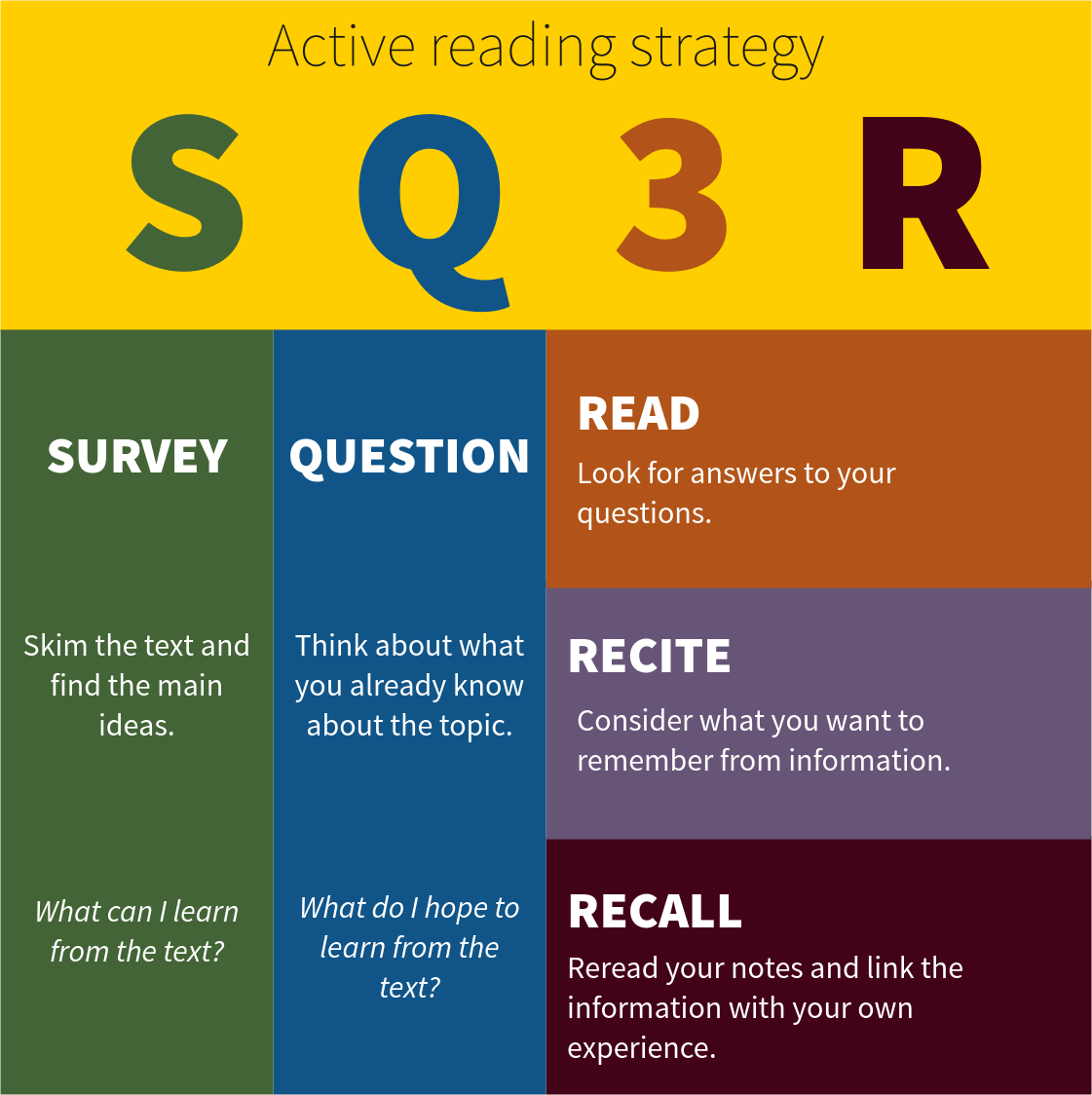

Good Way To Take A Note
Use a CORNELL METHOD

THERE ARE ANOTHER EFFECTIVE TAKING NOTES:
1.Two Column Method

2. Mapping Method

3. Sentence Method
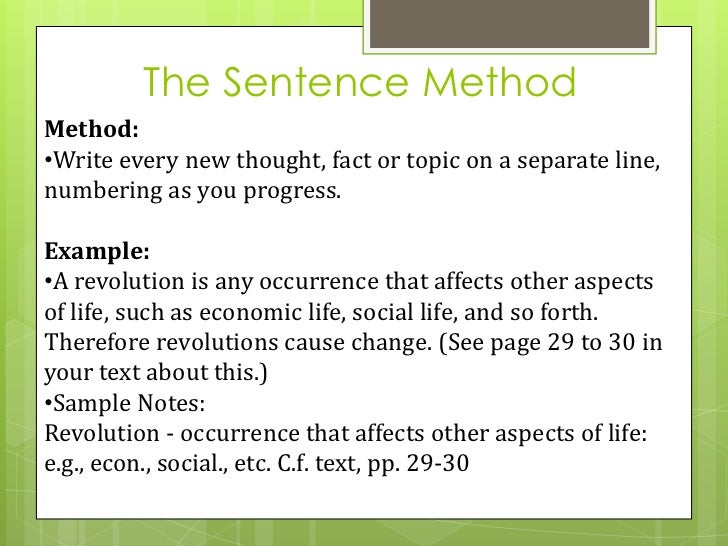
MODULE 7: ACADEMIC INTEGRITY& PERFORMANCE
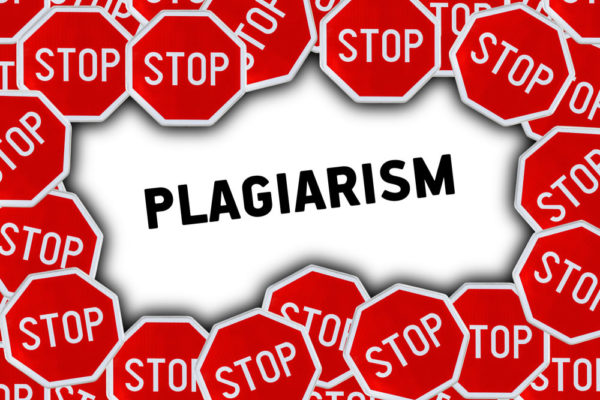

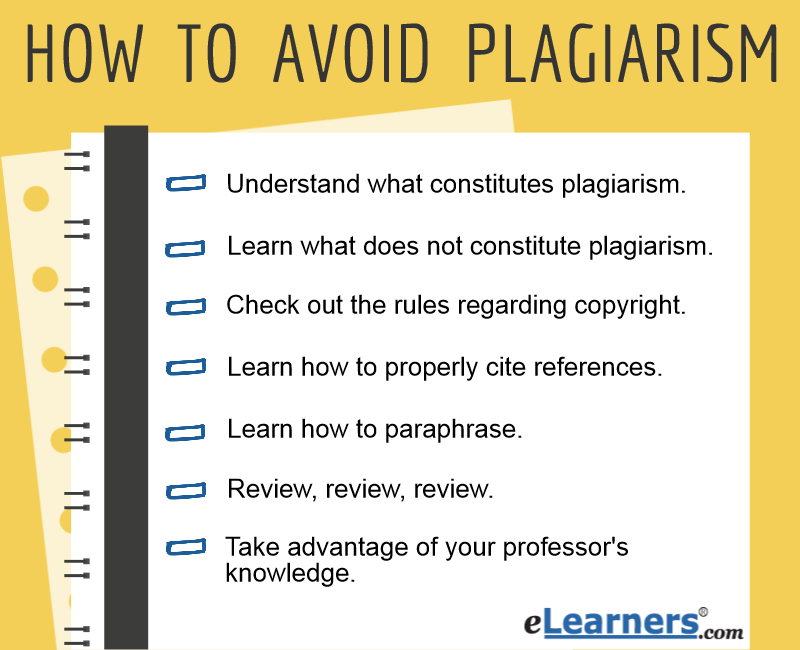



Can an sure all students keep and save their information that they got it.
THE WAYS TO IMPROVE MEMORY STRATEGIES
1 . Managing time wisely
2. Repeat the information over and over again in your mind
3.Read it loudly
4. Have some space practice
WHAT IS CONCENTRATION?
Concentration is something that you focus and give fully attention towards things you do.


3Q3R

MODULE 6: TAKING LECTURE NOTES
Taking Lecture Notes
Why taking lecture notes?
Taking notes is an part of the life of every student. There are two main reasons why :
- When you are reading or listening, helps you concentrate.
- In order to – to write something sensible – you must understand the text.
How to taking lecture notes?
- 1.Arrive on time! Often it is at the beginning of the lecture that the subject is introduced and the outline of the lecture is set out. If you miss this, you may spend the rest of the lecture trying to work out what is going on.Make sure you are an active listener.
- Active listening is a thinking activity. The more you think about the ideas you are noting down, the more you will understand and remember them at a latter date.
- Develop a flexible note-taking strategy, which can be adapted to suit the style of the lecture. Have a look at the How to Take Notes section of this website for further information about note taking methods and strategies.
- Learn your lecturer’s style. Notice how s/he operates. Some lecturers will give you an outline of what the lecture will cover at the beginning and some lecturers may sum up the most important points at the end. Some will distribute handouts, or will post lecture notes online in advance or after the lecture, to which you can add your own comments.
- Review your notes after the lecture. You should think about how your lecture notes relate to your notes from the course readings. Look out for the developing themes of the course, and think about how this lecture relates to the previous lectures in your course.

Good Way To Take A Note
Use a CORNELL METHOD

THERE ARE ANOTHER EFFECTIVE TAKING NOTES:
1.Two Column Method

2. Mapping Method

3. Sentence Method

MODULE 7: ACADEMIC INTEGRITY& PERFORMANCE

Definition of Plagiarism
Many people think of plagiarism as copying another’s work or borrowing someoneml else’s original ideas. But terms like “copying” and “borrowing” .
Who To Avoid This Plagiarism?


What is GPA & CGPA ?
GPA (Grade Point Average) is percentage (%) hat you get from your subject in 1 semester.
What is CGPA?
Cumulative Grade Point Average. Cumulative Grade Point Average (CGPA) is the average of Grade Points obtained for all semesters.


Academic Status:
To wrap up ,to have an excellent cgpa ,there are something that must do.Everything does not come in easy ways.So this is some tips that you can use:
1.Attend every classes and do not miss it.
2.Focus on what you doing.
3. Always ask question to the lecturer.
4.Always stay organized.
5.Discuss with friends who is more understand than you.
6.Be confident.Do not afraid to do mistakes.

THAT'S ALL FROM ME I HOPE YOU WILL ENJOY READING THIS BLOG ,
THANK YOU AND FIDE ET LABORE!

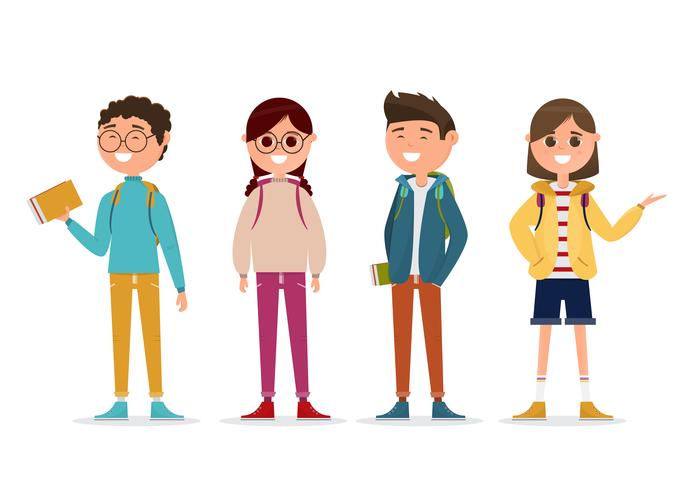











No comments:
Post a Comment